Full-time RVing Artist Creates Woolen Landscape Medicine On The Road
Many RV travelers who become immersed in nature’s rich landscapes feel compelled to create great art. Nobody knows this better than the full-time RVing artist. Some paint or draw, others make jewelry and the rest find other means to fuel their creative passions, like Eloïse Sentito.
As a nomadic handweaver, living on the road fueled her natural talent for creating earth-friendly clothing accessories, blankets and rugs. And she did it from inside a little retro motorhome that ferried her around the most scenic, storybook lands of the United Kingdom.
Eloïse Sentito is founder of These Isles, a showcase filled with her handmade magical wearables. Along with her beloved late Deerhound Murphy and a manual weaving loom, the English artist meandered in her motorhome for four adventurous years while creating one-of-a-kind handcrafted masterpieces for appreciative buyers from around the world.
During her years on the road, the now-stationary artist relished a back-to-the-earth boondocking lifestyle that provided the solitude and visual candy any artist craves for inspiration.
Meandering the UK as a full-time RVing artist
Curious about how a weaver managed to make it as a full-time RVing artist selling in a global marketplace, I interviewed Eloïse via email, who replied with the following answers. Not wanting to disturb the rhythmic cadence of her lovely English accent that illuminates her responses, I opted to share our email conversation in a Question and Answer format.
Your RV was just 19-foot/5.7m long, correct? Did it have onboard cooking and bathing facilities?
Correct, and yes. It’s an Autotrail Cherokee caravan built onto a 1989 Mercedes ‘Type 1 van’, the very last of the 208Ds.
The van itself has a solid undercarriage, a superb 2.4 litre engine (after my trusty mechanic replaced the rocker head), a torquey gearbox, a renovated cab and a turbo. This latter was a modification that someone made before my ownership and which was causing the starter motor to overheat, but after several replacement starter motors, said godsend mechanic found a successful workaround.
With regular but not excessive maintenance the van has sailed through the MOT (the obligatory annual technical control test in the UK) with no problem for four successive years, which is a better record than any other old vehicle I’ve ever known.
Although these motorhomes, thirty years on, are notorious for leaky seals in the chrome-cornered aluminum caravan shell, in its day it would have been top of the range. All the woodwork, which looks like a cottagey boat, is real oak laminated, with decorative cupboard handles, real brass taps and an enamel kitchen sink.
There’s a matching tan enamel gas hob, an oven and a three-way fridge. The bathroom is far less pretty but a smart new Separett compost loo that separates liquids from solids and produces biodegradable waste is an improvement on the original chemical loo.
A yellow, green and blue seascape shower curtain adds cheer, and I’ve mastered the unexpected art of washing myself and even my very long, thick hair in the three minute shower that my 8 litre water tank permits.
It’s important to me to be as self-sufficient as possible: although I never got around to installing solar panels before finding out that they would aggravate my electrosensitivity, I have two extra leisure batteries that the alternator charges (they’re on a relay switch so that they only begin charging after the ‘car’ battery is full).
With minimal electricity use, I can go a week or two without plugging into any mains power (not ideal, but ok). My loom is entirely manual and I’ve a built-in gas heater, so my electricity use is minimal. Nor have I got around to installing a transformer for my 240v laptop, so that gets plugged in at cafés and public libraries when I pay for or use their free Wifi.
Outside, the burgundy paintwork is fading, and although I would have liked a smarter, plain white motorhome so that I could tuck nose to tail into the tourist trail instead of standing out as the quirky van-dweller that I am, I do also love the romantic hint of gypsy showman’s wagon.
What were some of the biggest challenges of weaving, working and living from inside the RV? For example, did condensation make things difficult? What about cooking odors? Product storage?
Setting the van up to accommodate my home, my large (late) Deerhound lurcher, my work and my materials took some thought. They say that your first motorhome purchase never gives you the layout you actually need, but they are wrong.
I did lots of sketching, trawled lots of listings, and thought carefully about how much movement space I needed for passing a long stick shuttle in and out of the warp on the loom.
And I happened upon exactly the right motorhome; removed the tasteless lounge furniture so that the central body of the caravan was gutted; cut up my old workbenches so that they could be realigned in four separate parts; and resigned myself to having to stretch around to get the back of the loom and control my movements so that loom sticks and upper cupboard door handles don’t catch my eyes and hair. Alas it was at the expense of a sofa or dining table, but the bed is just feet away and permanently set up (unlike in many smaller campers), and eating on my lap in the driver’s seat often gives me the best view…
When I’d realised that going on the road may be the only dignified, enjoyable, healthy solution for me as a relative pauper in a country with a housing crisis, I’d bought a folding loom. So setting up the workspace was actually fairly easy and a remarkable success: the few times that I’ve moved my stuff out of the van and into a cottage for a couple of the darkest winter months, I’ve not been able to use even a much bigger space as comfortably as this little space. The built-in cupboards offer a deceptive amount of storage room and the ergonomics of having everything to hand is extremely satisfying and efficient.
Condensation isn’t too much of an issue because this caravan is double-glazed (although the cab where late Murphy the hound slept was not so healthy, and my bedroom over the cab also leaks a little). Finished weavings are stored with cedar wood balls in 40 litre transparent plastic containers that stack to extend my working surface (the cedar essential oil and the UV light both protect against moth, though these were more typically brought in with firewood in my previous home-with workshop.)
The kitchen is at the back of the van, though the cooker is very close to my workbench. There’s a light and an extractor fan over it, and a window too that’s nearly always open, plus I ensure that I only cook smelly animal products when there’s no weaving in progress on the loom, but all fabrics and yarns are safely stowed in – boo – plastic.
How much of your wool is dyed with local material sources? And how do you do the dyeing from such a small space?
The dyeing is a new venture, and actually an opportunity from a crisis: after too many adventures(!) in the van in four years, I moved into a flat in a little Breton market town for affordable safety, security, stability and community.
However, I immediately became very ill due to a mobile phone mast in direct line of sight 3km away. I had to quickly borrow a cottage in the woods to recover (lucky me that this beautiful place was made available). Everything was up in the air and I didn’t know how long I’d be there so didn’t set up my whole workshop proper. Trade drops to almost zero in April for a few months, so although I should then be making lots of stock for the following autumn and winter, I instead used the time and unforeseen circumstances to experiment.
Collecting another loom from a farmer in Wales last autumn, he’d also sold me some beautiful, soft, lofty, silver roving (fleece milled in Cornwall ready for spinning) from his own flock of Leicester Longwool sheep. Spring and the wood burner in the borrowed cottage in Brittany inspired me to finally work on my spinning and dyeing skills and products. Although I could have boiled up the odd small batch of onion skins (say) to dye wool on the gas hob in the van, I was always kept busy in a constant rhythm with the weaving.
Resting in this cottage after a big, unsuccessful move and the death of my beloved hound just beforehand, it was incredibly soothing to go gathering plant matter in the nearby hedgerows and fields: I stuffed carrier bags with ivy leaves; paper bags with ivy berries; kilner jars with dandelion heads; and 40 litre trugs with camellia flowers gathered from the ground beneath the bushes. The sun was shining on me and I was able to relax and smile.
Needing an absolute de-stress I lived entirely without electricity for six and a half days a week, simmering endless pans of dyestuffs and wool on the wood burner by candlelight in the evenings and spinning during the day. (Electrical and magnetic fields are an extra load on my body that my system cannot tolerate when already stressed by circumstantial and high frequency – mobile, Wifi etc. – factors.) In need of a rest, I was actually working twelve hours a day for six or seven days a week; note-taking and experimenting became maniacally compelling.
I felt like a euphoric, mad professor: it really helped me through a potentially very tough patch, as well as resulting in honed skills and a new product: rusts, pinks, yellows, greens and, most exciting of all, blues have been plied together in combinations that inevitably evoke the landscapes I occupy.
All the yarns are in my Etsy shop for sale now, though if they don’t sell quickly I shall start to use them in my weavings, developing a new range to suit them.
How did you cope with internet access? Is it challenging to find connectivity in the places you roamed?
I’ve a deal-breaking tension around this, in that even when I first went on the road I had become aware that I couldn’t live with Wifi, which feels like low- or not-so-low-level panic in my body even on a good day and even when I don’t know there is any Wifi nearby.
British public libraries offer it, as do many cafés, and even the odd astonishingly useful community shop in remote areas like the furthest reaches of the Outer Hebrides.
I was just hoping that my new autonomous lifestyle, free from the resentment of slaving in a stressed university workplace to fund a landlord’s autonomous lifestyle would give me increased resilience.
Being happier worked for a few years: if there wasn’t Wifi within striking distance, I’d develop local knowledge to find the precise layby (roadside pullout) or rock where I could get a mobile signal and (unhealthily) tether my laptop via my mobile phone to check emails.
Otherwise, it was a great excuse to spend a few hours in a café where in previous decades I would not have indulged: paying a local business for healthy drinks and food and using their public Wifi at the same time is so much nicer than having to maintain a transactional relationship with a giant telecomms robot-corporation in an office or home alone.
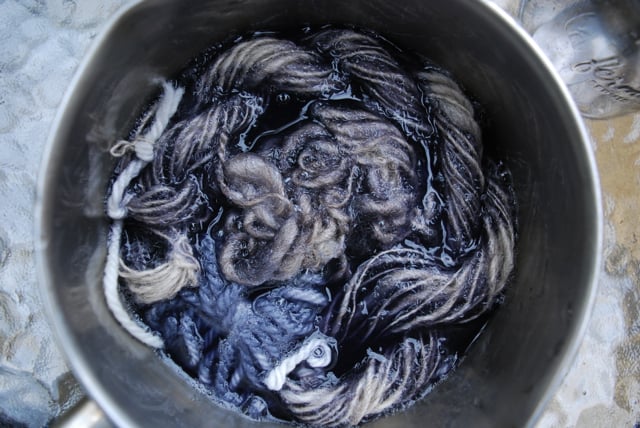
Attempting blue from camellia
I actually built my website in Stornoway Public Library, surrounded by old Gaelic speakers, local history books and children’s singing groups. This is one of the many ways in which I reached into a community and felt a sense of home, where otherwise I could easily feel isolated moving from place to place.
Public libraries are an amazing resource in the UK, even offering a lifeline to lonely old-timers whose lives are reportedly saved sometimes by having an informal check-in place in the community.
State funded, I want to give them a plug because they, like almost all other public services, are woefully under threat from the neoliberal doctrine of shrinking the state for ever-increased marketisation begun by Thatcher and Reagan in the year of my birth, 1979, when capitalism dramatically tightened its squeeze on the many.
Did you just find new places to visit and camp on a whim or did you research your destinations? What about shipping your products? And what are your favorite sources for destination research?
As I planned to leave my rental accommodation my vision for this RV lifestyle came together around the memory of holidays I’d had with my mother, and also alone, in various Hebridean Islands (in Scotland), camping with dogs. I knew that those would be my first and main destinations, because I knew a little of how they were set up for tourists but how, conversely, they offered the biggest wildernesses and unpopulated spaces in which I could relax and be myself.
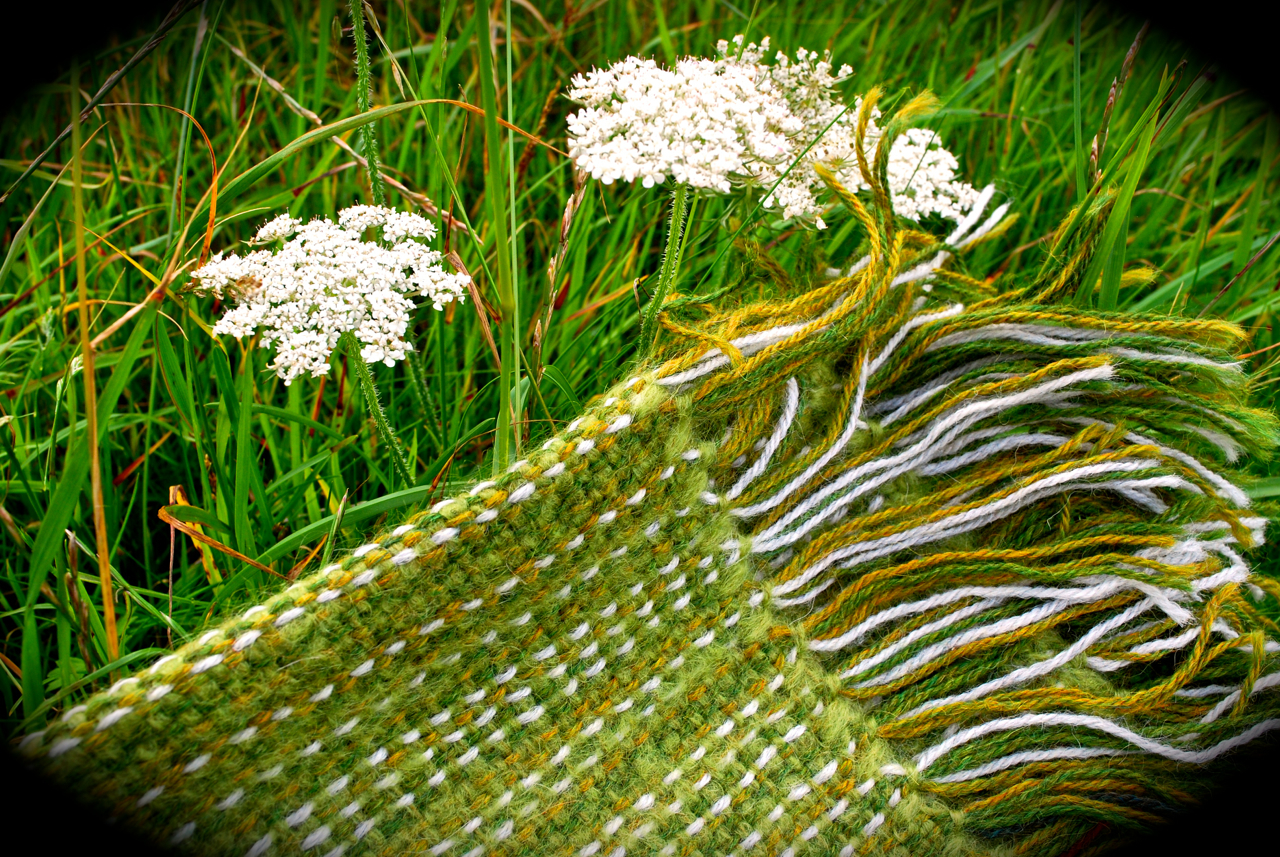
Machair cow parsley weaving by Eloise Sentito of These Isles
I was inspired by a chance encounter on Dartmoor, in South West England, to go first to the Isle of Lewis, where one of the world’s most famous cloths, Harris Tweed, is made from beautifully-dyed, landscape-evoking British wool.
Destinations have usually been chosen on a long-held romantic yearning – musical, artistic, political and personal – (like Connemara, Ireland), or a prior personal or family connection (like Brittany or South West Ireland), or a chance encounter (like various bits of Scotland). I combine thinking things through meticulously (I’m a worrier) with following my nose or my gut.
Word of mouth, personal recommendations and tips from locals have generally been of more interest to me than internet research – which can of course help, but which ‘budget’ I already over-extend for marketing, social and political purposes: there are so many things to do online with business, admin, friends and activism that I run out of patience and just go by feel when moving a short distance within a given area. I would always clock possible park-up places whenever I saw them en route to somewhere else, and grew some favourite spots and some kindly landowning friends.
In the busy seasons I’d visit a post office once a week: like libraries, these are government subsidised and a dying breed, and, also like libraries, they mean much more to a remote community than meets the eye.
For me, too, using and supporting such local services, perhaps getting known by sight by their staff and exchanging friendly greetings, gave me a way into a community I passed through or lingered in.
My first ‘poste restante’ (general delivery) address at Stornoway Post Office made me feel somehow exotic, as if I were a traveling member of the distinguished Royal Geographic Society or something (think English Patient in Egypt during the war)! It was also very touching when a postman in West Cork, Ireland, knew me by name when I telephoned there once, after delivering post to me at a friend’s house in the surrounding countryside. Such apparently little things make for a sorely-needed sense of belonging; a legitimisation, and a way in.
Why did you decide to become stationary again? Health reasons?
In a way I was only ever looking for a new home and somewhere else that I could afford to settle that offered as much, scenically and culturally, as my native Dartmoor, in Devon, SW England. I found somewhere straight away (the Isle of Lewis, Scotland) whose land and people could offer as much – I have a nose for place – but after an overall very successful start to my new lifestyle, I wasn’t ready to go back to rental accommodation, and besides had more dreamscapes to explore (especially in Ireland).
However, in both of these places I also had some very threatening experiences with a rogue landowner, a random rabbit-shooter and two other troubled men … my confidence has been badly dented and the stress symptoms from this and other things (personal and global politics, debts and ecological damage) are ongoing.
So fear drives me back to the ‘civilisation’ of four walls and, I hope, land ownership. But so does the need to plug into and be part of one local community; to be a familiar face; to make musical partnerships; to rejoin the labour movement or green political party and be active locally; to develop projects such as moneyless marketplaces or barter networks as part of post-capitalist, non-growth, model solutions to the mess we’ve made.
And yes, for health: to escape my dependency on high frequency comms by replacing them perhaps with shielded-cabled-internet or possibly face-to-face markets (although in capitalist markets a high-end product is hard to sell in a small community, especially the kind of modest, rural community that I feel at home in; and many of these are pervaded by high frequency radiation that I can currently only stand for a very few hours at a time). To not be out on the edge.
What are the biggest takeaways you got from the experience of living like a nomad? And what would you advise to other artisans who are thinking of taking their craft on the road?
That other travelers are your tribe, and that anywhere you’re welcomed is gold dust.
That it is a natural, comfortable, healthy way to live if only more people lived that way and if only (certainly in the extreme cases of densely populated England and privately owned Scotland) there were more common land on which to do so.
That the thousandth part of a percentage of people who are still nomadic in a natural habitat in far flung corners of tropical forest or bush are the most precious vestige of a healthier society that humans once enjoyed widely, to be protected, revered and learnt from.
That doing it alone takes a lot of courage;
that there will always be fear;
that there will always be awe;
that it will change you forever.
To plan meticulously:
to think through all your personal and business needs and imagine every contingency you can think of;
to carry spare parts;
to collect phone numbers;
to hold onto the real friends;
to tread lightly, respecting local concerns and fears (people may actually fear you, and worry, above all, about how you’re disposing of your waste);
and lastly: to enjoy local culture and knowledge, and to weave that into your work to maintain your own sense of wonder and thus to tell a better story to the stagnant pools in society that need your oxygenation.
And to those who are about to jump. I wish you all a beautiful, free road!
To enjoy more of Eloïse’s work, writing and activism, visit TheseIsles.co
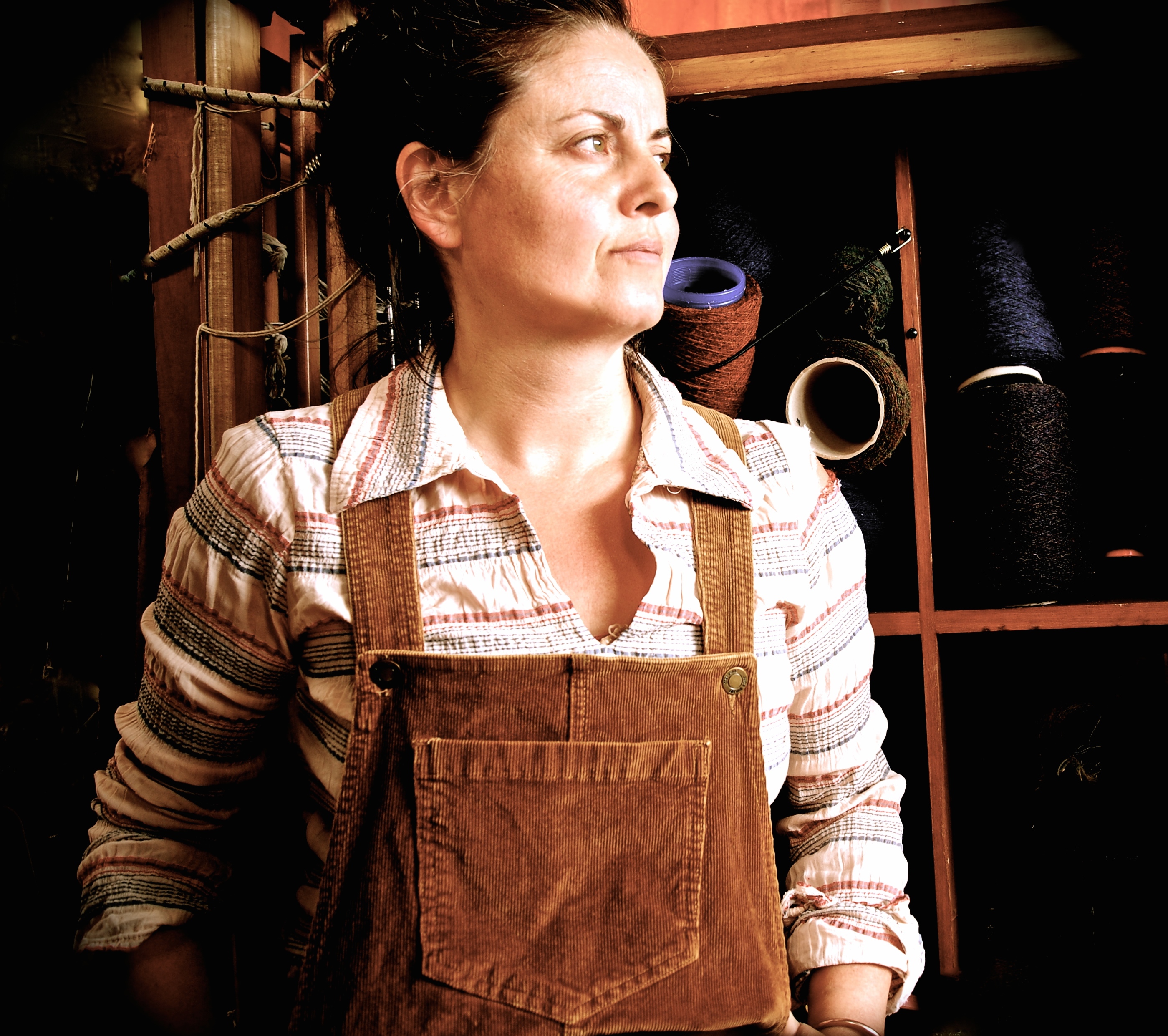
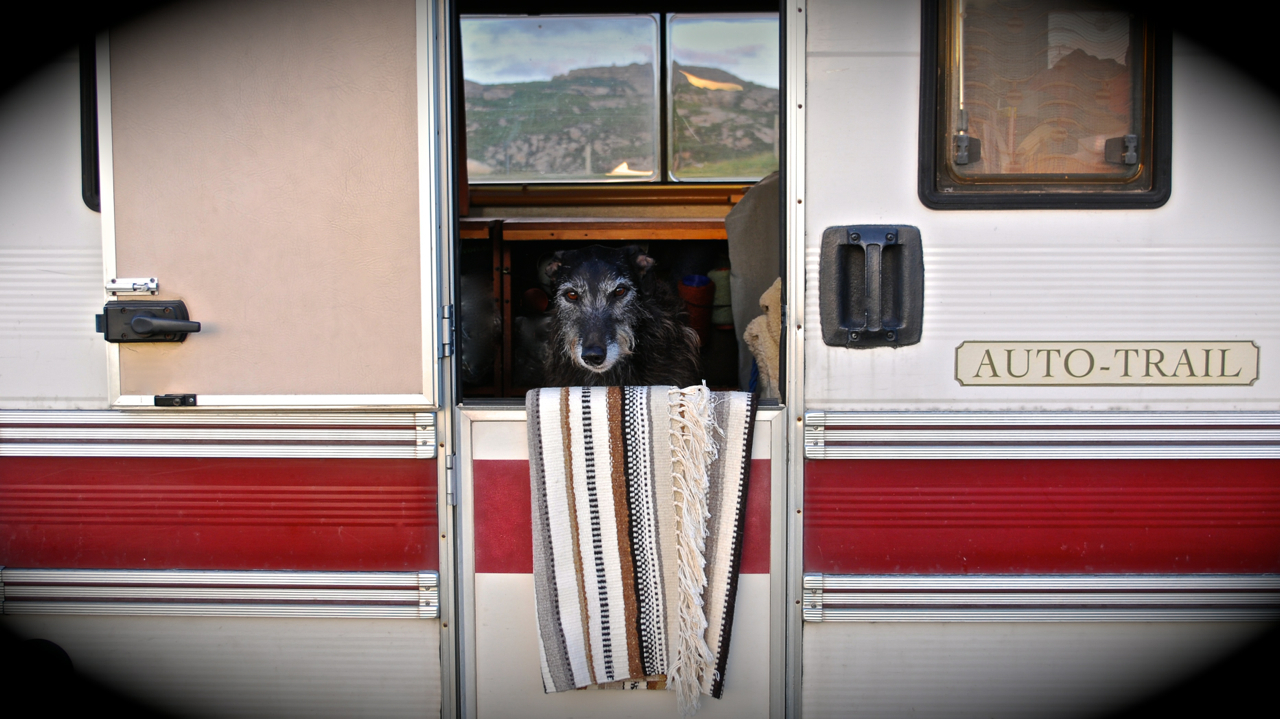
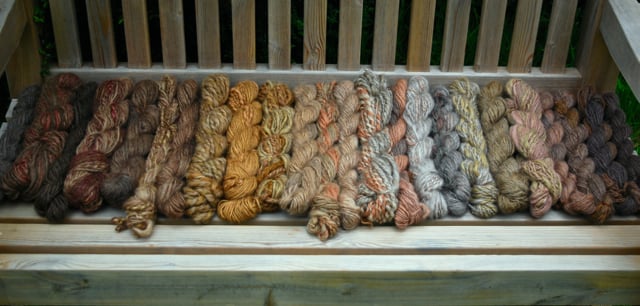
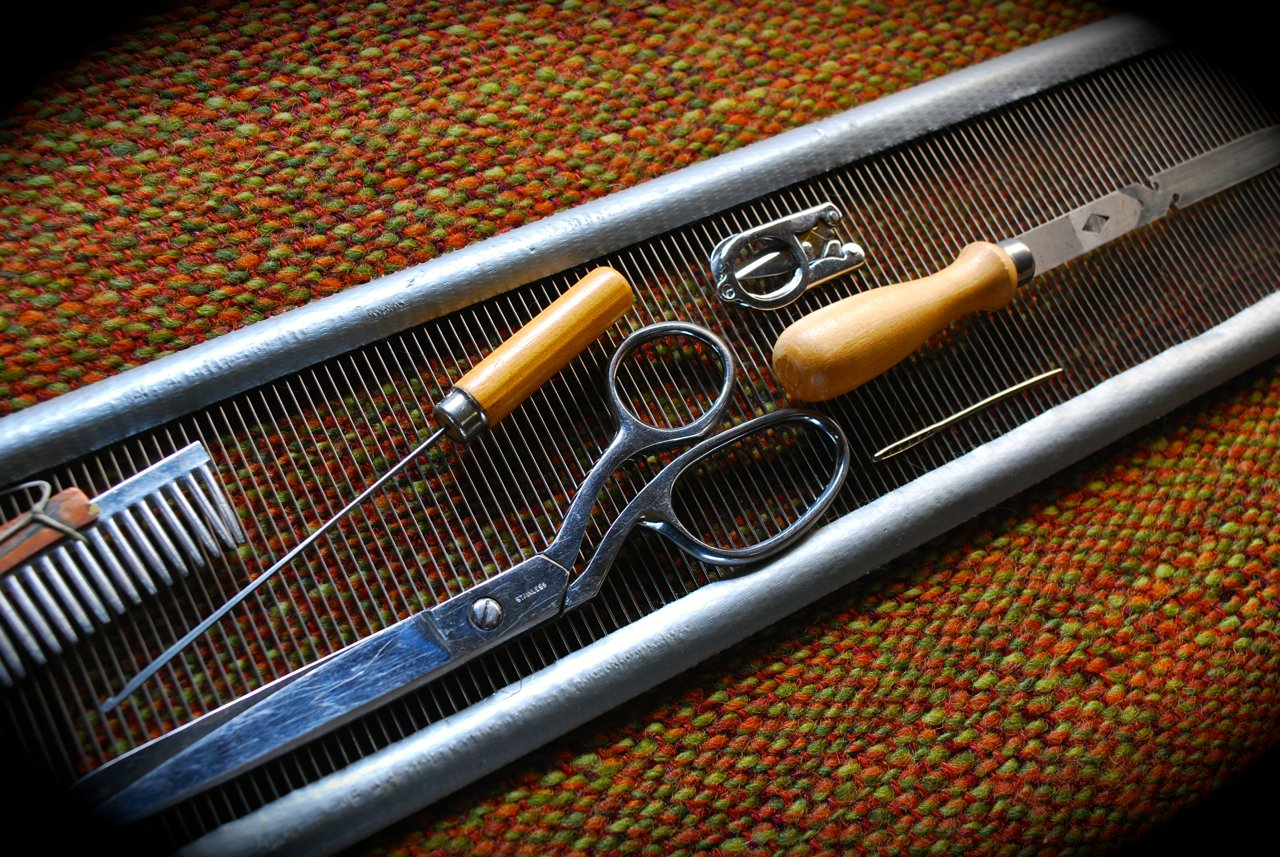
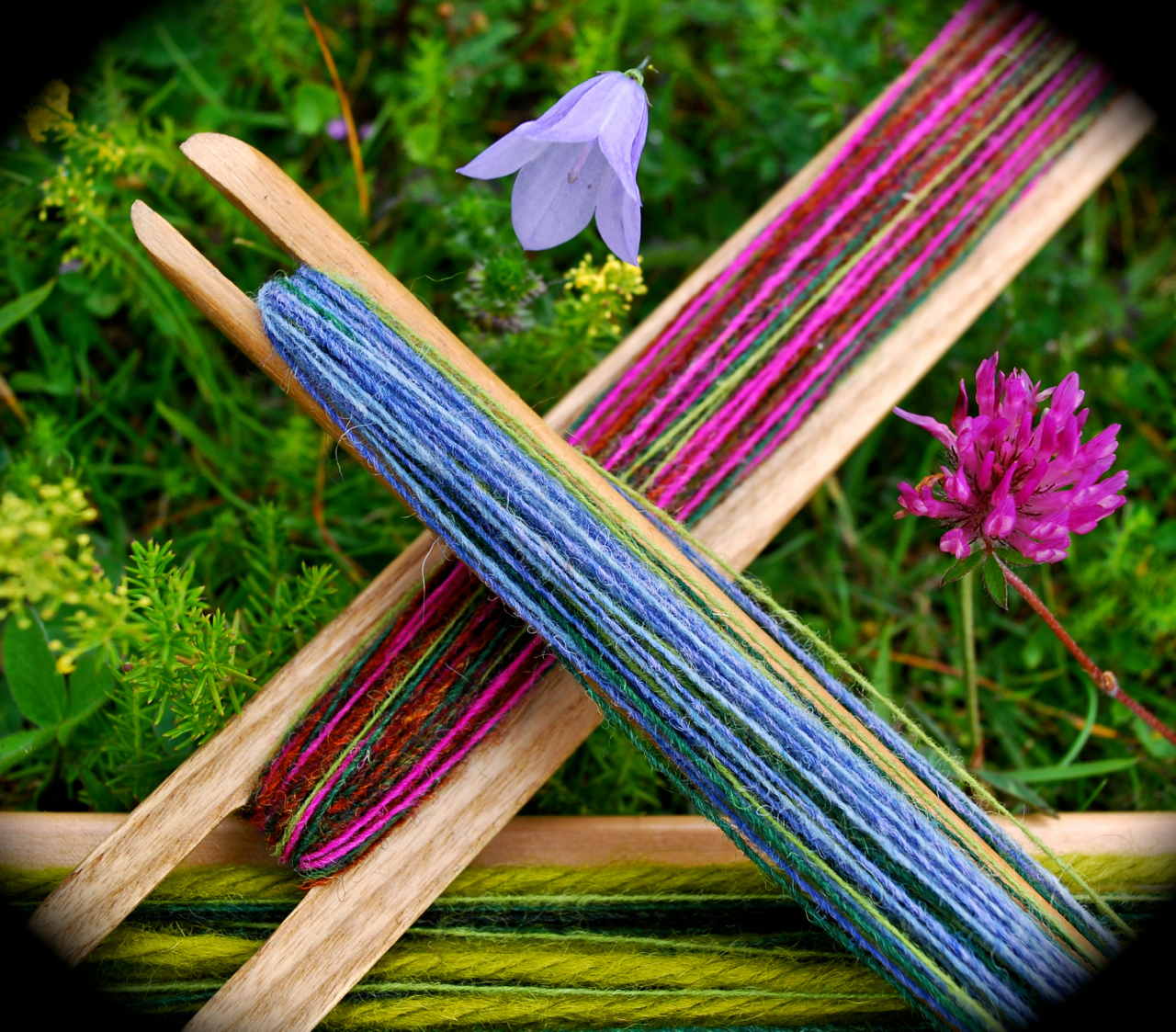
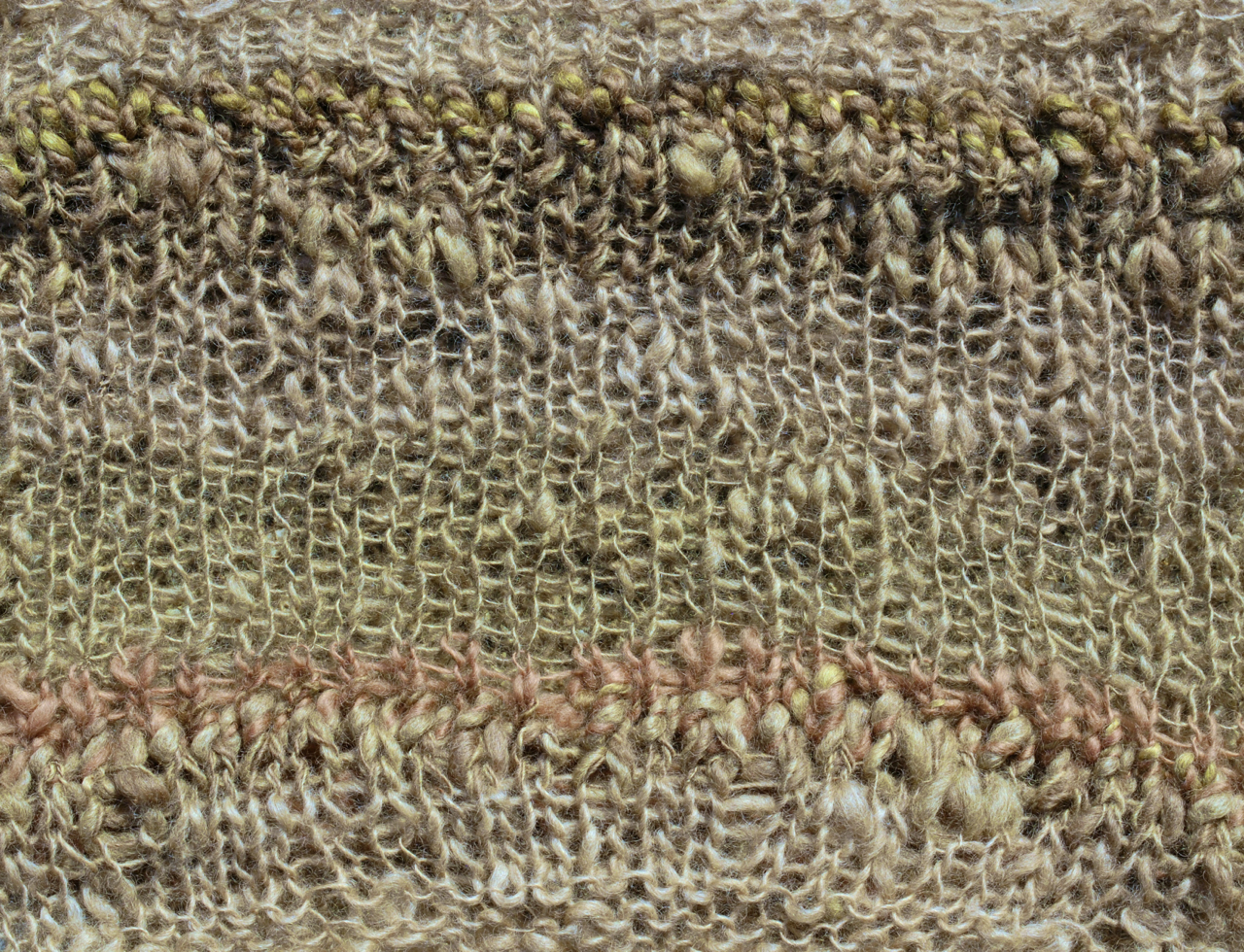
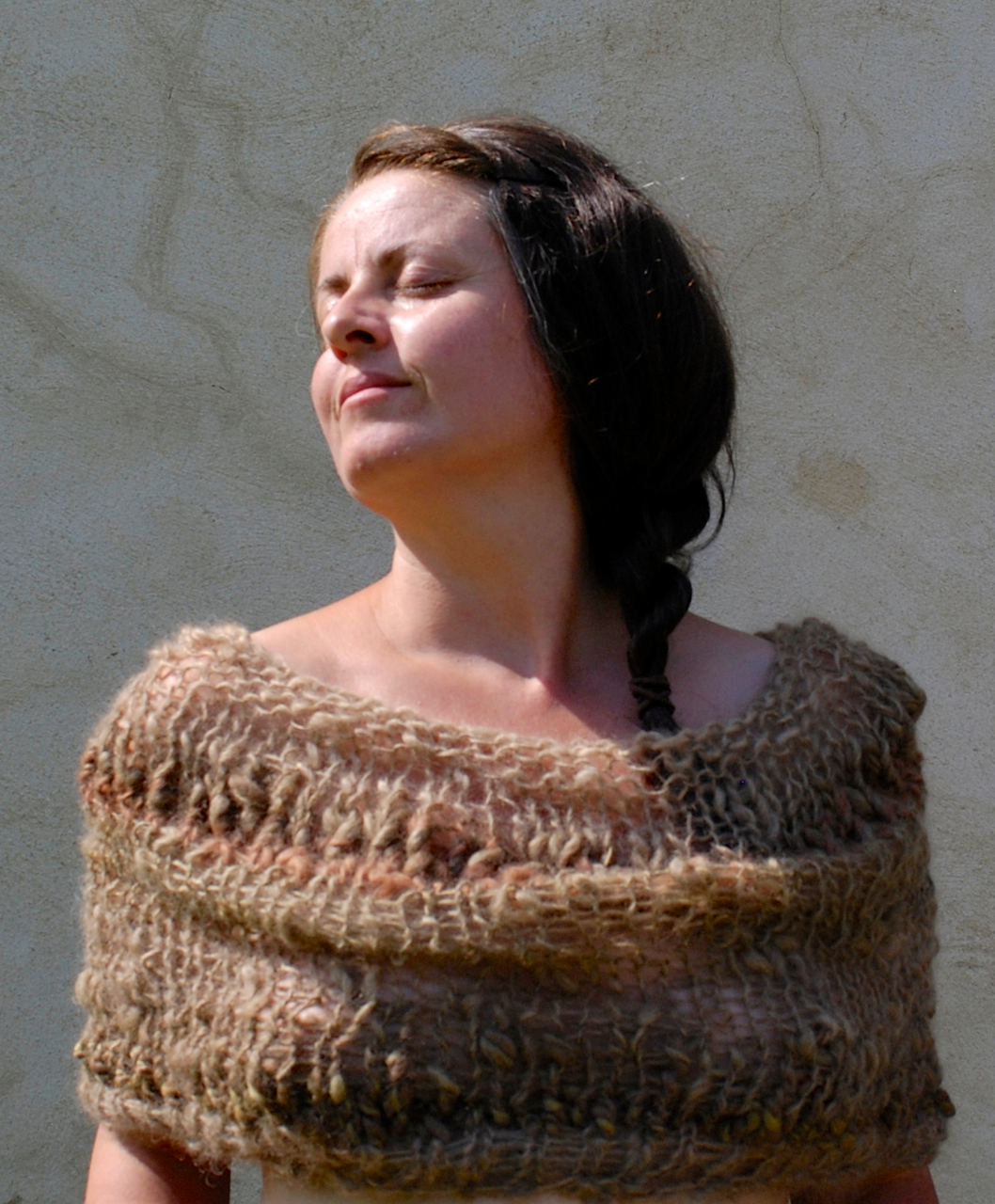
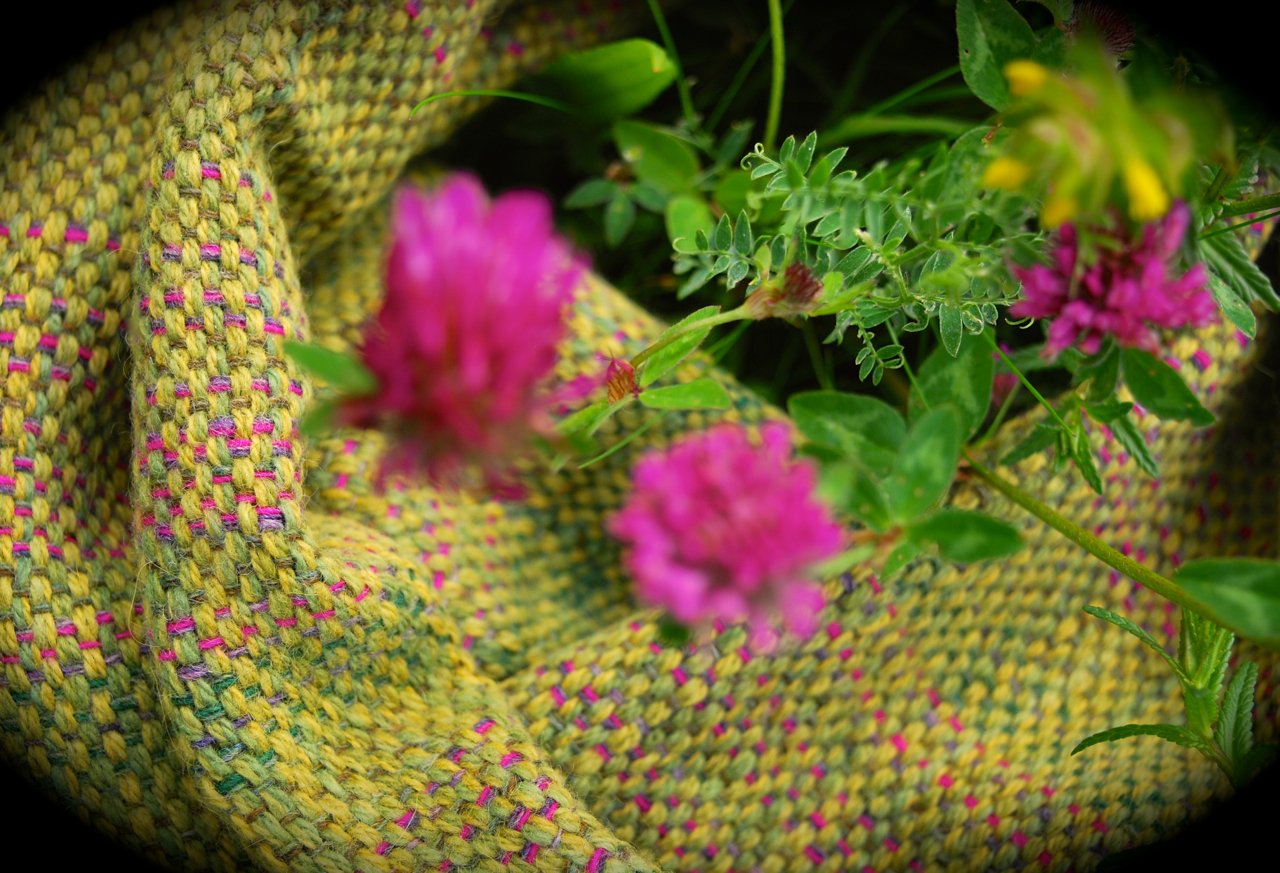
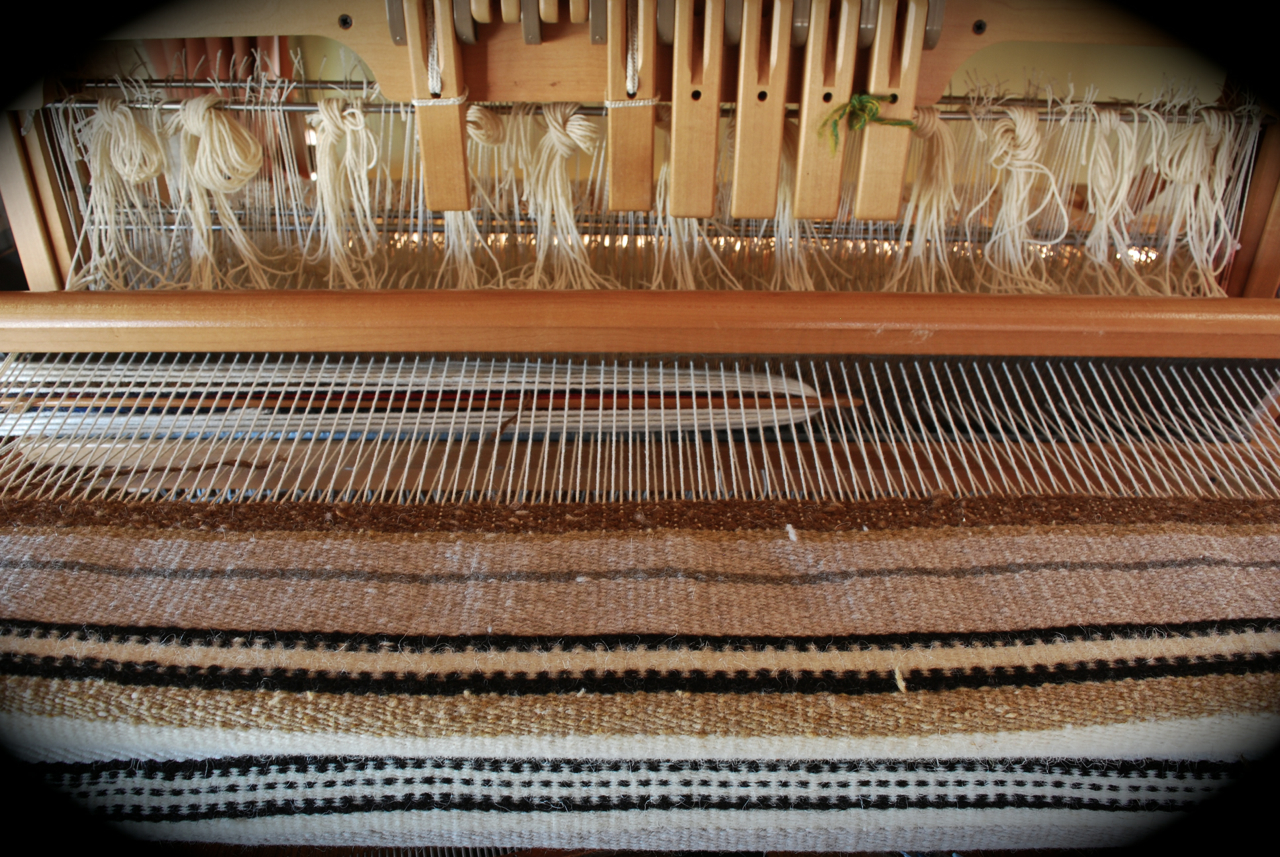

René, thank you so much for your interest in my story, for your sensitivity and understanding, and for your generosity in giving me this opportunity to share my thoughts. I hear the great cry to ‘support the makers!’ thank you, and as I also consider makership an act of resistance, I say too to those seeking an autonomous, low impact new way of life: ‘become a maker!’
Follow me on my various channels and join us in the Green Cloth Collective if all this resonates: https://www.facebook.com/groups/119046325452831/
It would have been nice to see the interior of her RV